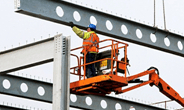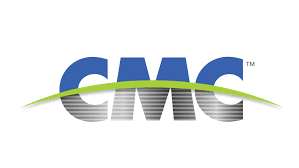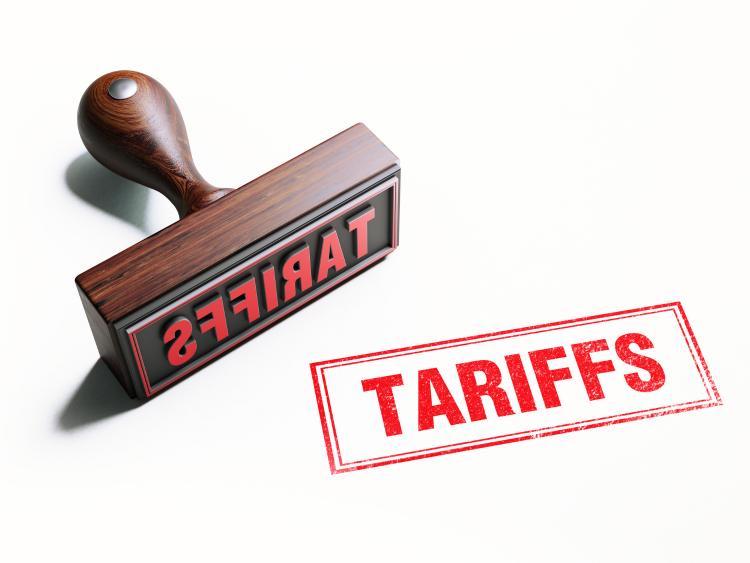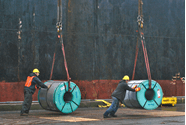Steel Markets

AGC: Construction Costs Move Sharply Higher in October
Written by David Schollaert
November 17, 2022
The prices contractors pay for construction materials and services — chiefly for new nonresidential construction — jumped 20.2% year-on-year (YoY) in October and were up 3% month-on-month (MoM), the Associated General Contractors of America (AGC) reported in its latest analysis of government data.
AGC cautioned that higher construction costs could undermine demand for projects, and urged the White House to remove tariffs on key materials as supply chains remain a challenge.
“Although some materials costs have moderated, other costs are still climbing steeply, while contractors are incurring added expenses from delays caused by supply-chain disruptions, shortages of skilled labor, and rising interest rates,” said Ken Simonson, AGC’s chief economist.
Projects, as a result, may be delayed or canceled “as the price to complete them continues to increase, threatening to undermine overall demand,” Simonson added.
Citing the Bureau of Labor Statistics, AGC said that the Producer Price Index (PPI) for inputs to nonresidential construction — the prices charged by goods producers and service providers such as distributors and transportation firms — rose 0.2% MoM in October and 11.2% YoY.
Other costs not captured by the PPI but directly impacting projects such as late deliveries, rising wage rates, overtime pay, and other financial costs associated with delays, are further weighing on contractors, AGC argued.
Meanwhile, several other input costs posted double-digit increases last month versus year-ago levels, while others were mixed.
The PPI for diesel fuel soared 9.8% for the month and 61.5% YoY. The index for cement rose by 2.5% in October, pushing the YoY increase to 13.4%. The architectural coatings index for items such as paint rose 1.1% MoM and 27.5% YoY, the report said.
Other inputs declined MoM but still saw sharp gains from a year earlier. The index for asphalt paving mixtures and blocks decreased by 0.7% in October but was 20.7% higher than in October 2021. Gypsum building materials such as wallboard slipped 0.4% MoM but jumped 17.6% YoY. Insulation materials edged down 0.2% MoM but rose 13.5% YoY. Trucking costs slid 1.4% MoM but are up 11.8% YoY.
AGC urged federal officials to remove tariffs on key construction materials including steel and aluminum but asked the White House to review measures like Buy America that have inflated construction costs.
“Tariffs and regulations are making construction more expensive, which if left unchecked will undermine private sector demand for projects and limit the impacts of new infrastructure investments,” said Stephen Sandherr, AGC’s CEO.
By David Schollaert, David@SteelMarketUpdate.com

David Schollaert
Read more from David SchollaertLatest in Steel Markets

CMC looks beyond Arizona micro-mill woes to long-term viability of construction mart
Despite the economic and geopolitical upheaval of the last five years, CMC President and CEO Peter Matt points out that the construction market has been an essential element of the way forward.

US importers face stricter rules under revamped S232 tariffs
“CBP expects full compliance from the trade community for accurate reporting and payment of the additional duties. CBP will take enforcement action on non-compliance," the agency said in a March 7 bulletin.

Steel exports rebound in January
US steel exports recovered to a five-month high in January after having fallen to a two-year low in December. This growth follows four consecutive months of declining exports.

Construction spending drops marginally in January
Construction spending edged down slightly in January, slipping for the first time in four months. The US Census Bureau estimated spending at a seasonally adjusted annual rate of $2,196 billion in January, down 0.2% from December’s downward revised rate. The January figure is 3.3% higher than a year ago. January’s result, despite the slight erosion, […]

HVAC equipment shipments slow in December but strong annually
Shipments of heating and cooling equipment in the US fell to an 11-month low in December, according to the latest data released by the Air-Conditioning, Heating, and Refrigeration Institute (AHRI).
